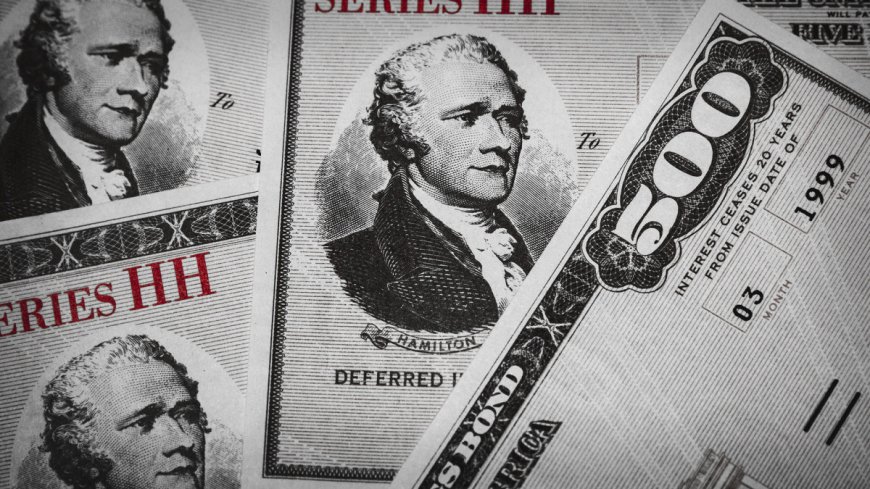Treasury yields spike on inflation fears while investors shun bonds as safe-haven play
Gathering geo-political turmoil isn't translating to a surge in Treasury bond buying. That's not great news for a market focused on inflation risks.

U.S. Treasury bond yields surged to fresh multi-decade highs Wednesday as markets continue to shun fixed income as a safe-haven investment amid renewed inflation risks and accelerating bets on more Federal Reserve rate hikes.
Benchmark 10-year Treasury note yields, which underpin trillions in investments around the world and act as a proxy for global risk-free interest rates, topping 4.928% for the first time since 2007.
Benchmark 2-year note yields, which are highly-sensitive to changes in interest rate forecasts, were up 7 basis points on the session at 5.235% in early Wednesday trading, the highest since 2006.
The sharp moves higher, which have added around 25 basis points to 10-year notes over the past three days, followed a stronger-than-expected reading of September retail sales, which rose 0.7% from the prior month to just over $704 billion, as well as solid industrial production data that indicates solid near-term growth for the domestic economy.
The Atlanta Fed's GDPNow forecasting tool, in fact, was revised higher yesterday to indicate a current-quarter advance of around 5.4%,
Set against the lowest levels on unemployment in nearly five decades, with more than 10 million unfilled positions that could require rising wages to fill, investors are worried that faster inflation could follow in the coming months, compelling the Fed to lift its benchmark borrowing costs to between 5.5% and 5.75%.
The CME Group's FedWatch, meanwhile, suggests a 51% chance of a rate hike in January, with the odds of a move prior in December pegged at 43%. Traders, however, fully expect the Fed to hold rates steady at between 5.25% and 5.5% at next month's policy meeting in Washington.
The moves have also pressured U.S. stocks in early Wednesday dealing, with the tech-focused Nasdaq, the most sensitive to interest rate increases given the delayed earnings prospects of many of its constituents, falling 105 points, or 0.8% by mid-day.
The S&P 500 was marked 34 points, or 0.35% lower while the Dow was off 188 points.
Curiously, the upward spike in Treasury yields is also coming amid what would normally be a significant move into safe-haven assets linked to the accelerating military conflict in the Middle East.
For a host of reasons, however, including concerns over the fate of U.S. fiscal policy, its ongoing debt ceiling debates, the current debate on spending cuts in Washington and the inability of Republican lawmakers to elect a House speaker, are all combing to make Treasuries less attractive.
The Fed is also selling around $75 billion a month in Treasury, agency and mortgage-backed bonds back into the market as part of its 'quantitative tightening' program. This allows the Fed to reduce the size of its $7 trillion balance sheet while lifting market interest rates that, in turn, support the higher levels of its official lending rate.
"While it is conceivable that monetary policymakers have concluded their tightening campaign, it is also possible that global investors will keep upward pressure on rates due to a combination of persistent core inflation, federal deficit spending, excessive U.S. Treasury issuance and a lack of confidence following the U.S. debt downgrade," said John Lynch, chief investment officer at Comerica Wealth Management.
Get investment guidance from trusted portfolio managers without the management fees. Sign up for Action Alerts PLUS now.
What's Your Reaction?



























































